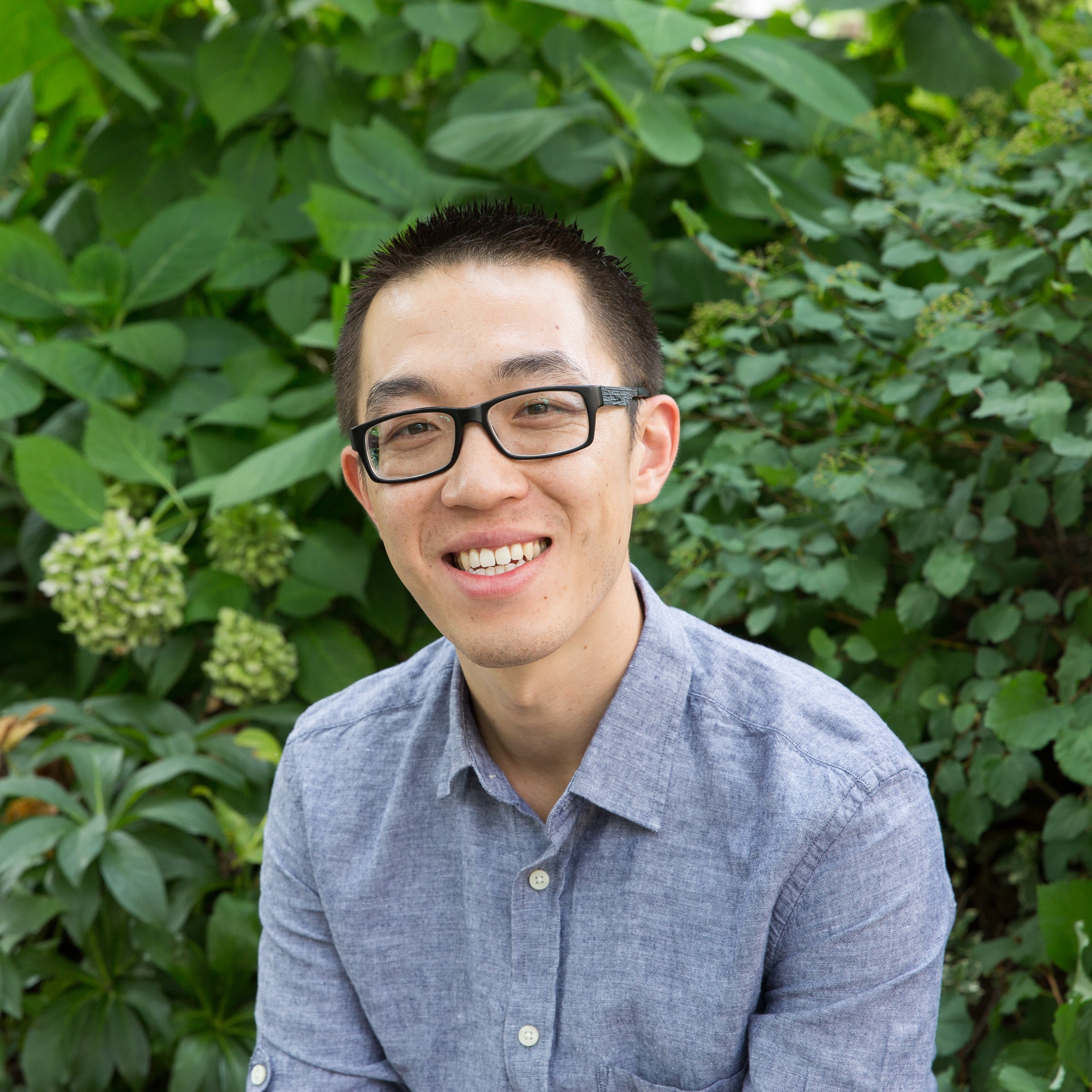Career Advice
This is a collection of thoughts and revelations that I had during the job search for my first (and as of this writing, current) job post-PhD, that as a teaching faculty member. As STEM enrollment continues to grow across all majors, faculty who focus exclusively on teaching are arguably becoming more valuable and important for student success.
Why teaching faculty?
So if you’re just starting out as a grad student, or even if you are well into your program, how do you know if university teaching is right for you? Should you go the traditional way and work toward getting into the tenure track? Or should you look at teaching maybe K-12 or vocational settings? To answer these questions, it may be worth keeping in mind the following.
- The significance of not having tenure varies widely. If tenure is a concern for you, keep in mind that where you work is an important factor as well. At a top tier university, not being on tenure track is often not a problem as STEM enrollments continue to grow. As long as you do a decent job, you may be even less at risk of being let go than an assistant professor who is denied tenure. At smaller or more specialized institutions, however, the reverse may be true. If money is tight, teaching faculty may be first on the chopping block, as regular faculty often already have elevated teaching duties relative to their research. In fact, teaching-only positions may not even exist in these STEM departments.
- Teaching well is a full-time job. While there are examples of superstars who are known for both exceptional research and teaching, more often than not junior faculty are overwhelmed with their duties. In the scramble for tenure, they spend much of their time writing grants and publishing papers, and teaching classes is often a second priority. This is something to keep in mind when determining your career path; unless you are truly split 50/50, consider whether you see yourself more as a researcher or as a teacher and choose accordingly.
- Teaching faculty are often leaders of education in their fields. There is much more to teaching than just delivering lectures and grading exams. In a university setting, intructors have access to top researchers and top students in their fields. There are opportunities to incorporate cutting-edge research into course materials, collaborate on education-related or side research projects, and network with other teaching faculty nationally and globally. Of course, this comes at the expense of arguably fewer personal interactions with students (compared to K-12, for example). In addition, a doctorate is still a basic requirement for the majority of teaching positions, making the “job training” process a long one.
How to best prepare myself?
OK, now you’re convinced to try and become a teaching faculty member. How does one get there? As mentioned above, you’re most likely going through a standard PhD program in your chosen field. The best thing you can do then is to teach as much as you reasonably can. Just like your research potential is usually quantified in publications, your teaching potential is quantified in amount of experience. Start early (as an undergrad if you can) and aim for variety. Take on small and big classes, get involved in theoretical and hands-on courses, and try different roles. In particular, try to be a full-on intructor for a course that you’re comfortable with. Having experience past that of a TA can really bolster your credentials.
Unless you’re actually in an education program, chances are you won’t have much time to dedicate to studying the latest trends in STEM education. Often what does help is taking the time to work with your university’s dedicated pedagogical support center, such as Columbia’s Center for Teaching and Learning. Not only can they help you improve your teaching, but they can also point you to research that you’d likely be interested in, as well as get you started on thinking about education research questions. Finally, they often provide help for establishing your profile, such as the creation of a presentable teaching portfolio.
What to expect from an interview?
The last step in actually getting a teaching job is of course the all-important interview, whether you’re coming straight out of graduation or coming back to academia after doing something else for a while. Starting with the guidelines of a general academic interview is a good first step. Of course, there are some differences. Your teaching experience would naturally be scrutinized more closely than research, but that’s not to say that the latter is not important. Just as regular faculty (and even fully “research faculty”) positions look at both types, being a successful researcher is still important in determining how well you’ll fit into a university setting.
Your one-on-one chats with faculty are often more open-ended than traditional academic interviews. You may find yourself talking about unique experiences you encountered in your teaching, or you may be commenting on recent trends or research in STEM pedagogy. For your talk, you may still have the option presenting a traditional research talk. At the very least it is an indicator of the candidate’s presentation skills. More often, you will be asked to present a sample lecture on a topic of your or the committee’s choosing, usually made public for other faculty and students to attend. For such a talk you would be evaluated on different terms compared to a technical talk. You will definitely want to focus on interacting with the students in attendance, as their feedback on your candidacy is often crucial. If there are no or few students in attendance consider whether you may treat the faculty as students instead. Since this is the only opportunity for the committee to see how you’d perform at your job, make sure to blow it out of the water!
